Features of tar

Tar is a well-known material in construction and production. In the article we will tell you how it looks like, what it is made of, what are its technical characteristics and areas of use. In addition, we will briefly consider whether it is hazardous to the environment.
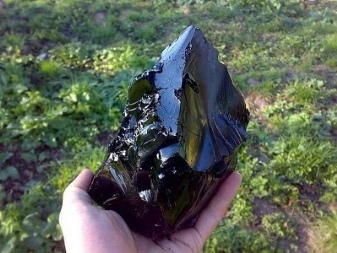

What is it and what is it made of?
Tar is a black tar residual substance formed during oil, fuel, oil stripping. The process takes place at atmospheric pressure under vacuum of fractions boiling away at high temperatures. The tar has a resinous solid or liquid viscous texture. Consists of residual oils after distillation, aromatic, paraffinic, naphthenic hydrocarbons. The chemical composition includes petroleum resin, carbene, carbide, agidride, asphaltogenic acid, metal suspensions.
During production, the tar yield is 10-45% of the oil mass. It is not subject to distillation at low pressure, it undergoes hydrocracking, gasification, coking. Its ash content is less than 0.5%, its density is comparable to that of water. It has a not so diverse composition in comparison with bitumen, which limits the scope of the material.
Despite the external similarity with bitumen, tar is extracted artificially, it does not exist in nature. To enhance its strength properties, various chemical compounds are added to the composition.
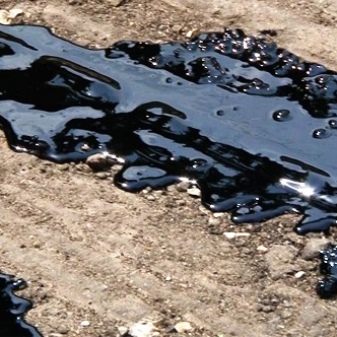
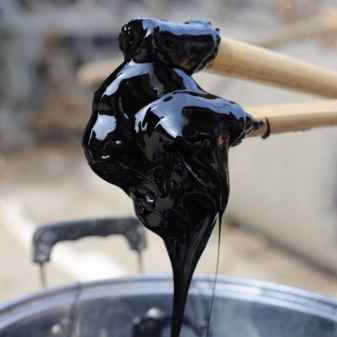
The properties of a material are related to the type of oil from which it is produced and the processing technique used. These factors determine its density, melting point, flash point, and coking point. For example, the best high-quality raw materials are obtained by processing heavy oil tar with a mass yield of up to 8%. The material with a high percentage of resinous content is processed into diesel fuel. The viscosity and viscosity of the tar substance is imparted by petroleum resins. Temperature resistance depends on asphaltenes. Immediately before use, tar is heated to a liquid substance. The price of the material depends on its type.
A secondary resource called "acid sludge" is industrial waste generated during the refining of certain types of refined petroleum products. Acid tars have a black color and a viscous substance. They contain residual acid (15-70%), as well as organic compounds. They must be recycled. Aging of tar takes place under the influence of ultraviolet rays. Bituminous mastic dries for a long time due to the type of additives and the nuances of its production. For different species, this takes 12-24 hours.
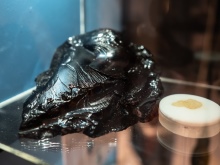

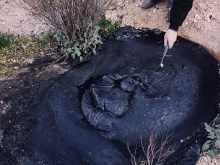
Specifications
According to GOST 783-53, which applies to oil tar, raw materials can have 2 grades (L and T). Its relative viscosity can be 18-30 and 30-45 at 100 degrees. The water content should not exceed 0.5%.
The rest of the properties are as follows:
- tar density varies within 0.95-1.03 g / cm3;
- melting temperature - from 12 degrees (melts when the temperature rises to 55 degrees);
- flash point is between 290 and 350 degrees Celsius;
- coking capacity of pure tar is 8-25%;
- pour point +55 degrees;
- the content of non-combustible mechanical suspensions - no more than 0.2%.
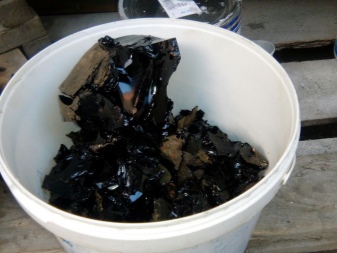
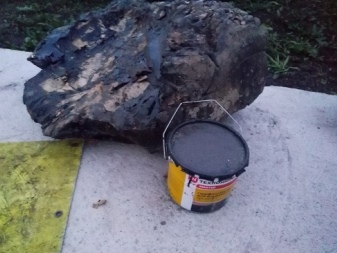
There should be no water-soluble acids and alkalis in oil sludge. The boiling point during production is from 450 to 600 degrees Celsius (boils at different temperatures depending on the type of oil). Specific gravity of 1 m3 = 0.95-1.03.Calorific value - 41.63 MJ / kg. The material is difficult to wash from various things and objects. Various means are used to remove tar spots. For example, the substance is well washed from things with the help of special preparations, ammonia, sunflower (butter) oil.
You can also get rid of stains using Coca-Cola, starch, white clay, caustic soda. You can remove the substance from the skin of the hands, feet and other parts of the body using white spirit or acetone.
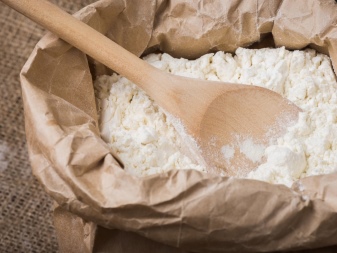

Applications
Black tar is used in various construction and industrial fields. The methods of application are varied. For example, the material is used in the manufacture of bitumen (construction, road, roofing), low-ash coke, and combustible gases. The produced bitumen can be used for road construction at different times of the year under different temperature conditions. They are impregnated with road crushed stone surfaces in areas with different climates.
In addition to roads, highways, asphalt laying, waterproofing, it is used as a rubber softener. It is a component of lubricating oils, motor fuel. They lubricate rough parts and various mechanisms. Insulation is made of it for the roof, it is used for processing wood. It is the top surface of roads, used for foundations. They can fill the roof of the garage, patch road surfaces, boats.


Resin is used as a sealant in building construction. Construction tar is considered the best type of material. It has an affordable cost. It is delivered to objects in specialized transport, has high technical performance and proven quality. Roofing resin is used in the production of roofing material, mastic, glassine, rubemast, hydroglass insulation. With its help, a primer, rubitex, and glass-elast are produced. The road appearance increases the wear resistance of the coatings.
Sour tar is used in the manufacture of disinfectants and detergents. They are used to produce high quality bituminous binders. Diluted hard resin can be used to paint the base of your home. Fuel oil is made from it. Tar processing products have found application in the foundry and electrical fields.
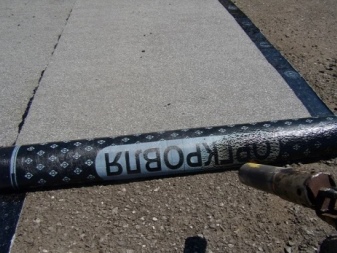
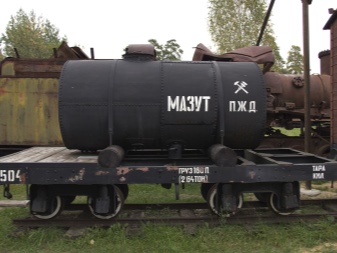
Resin is used to veneer leather and wood. It is used in the production of paints and varnishes, the polymer industry. Most often tar is used as a raw material for processing. Varieties of highly resinous composition are processed by hydrogenation into gasoline. Rubber is produced from oily materials. Tar is used to coat the bottoms of cars in order to prevent corrosion.
And also it is used to obtain SO2 with further processing into sulfuric acid, other substances. Soot and styrene-indene resins are produced from it.
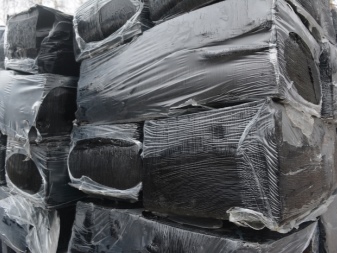

Danger to the environment
Acid tars pollute nature, they are classified as the second class of hazard. The hazard class of bitumen obtained from them has been reduced to the fourth (low hazard). This is one of the measures for the protection of wildlife. The resulting bitumen does not pollute the environment and does not dissolve in water. It is not radioactive, it is stored in hermetically sealed drums with a tightly pressed bottom.
Acid tars are dangerous not only for the plant, but also for the animal world. However, there are no special rational ways to dispose of them. Therefore, waste is simply poured into large storage ponds. Under the influence of redox processes that spontaneously occur in storage facilities, sulfur dioxide is released. Due to precipitation, acidic waters drain from overcrowded ponds, acidifying the earth and groundwater.

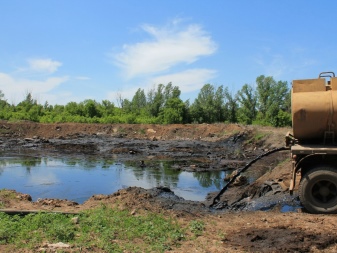
This is detrimental to the environment near the ponds themselves, and also affects the health of those who live nearby. Such storage of tar amounts to millions of tons. The disposal problem is solved by sulfuric acid purification.However, due to the complexity of the process itself, the scale of purification is insufficient. The technique involves the use of expensive acid-resistant raw materials, the development of special techniques and storage conditions.
For this reason, new methods of acid sludge disposal are being developed today, resorting to the rules for the disposal of fuel oil. Bitumen is disposed of in vacuum installations by heating. As a result, gas, coke, liquid suspensions are formed, which are used in the production of various industries.









The comment was sent successfully.